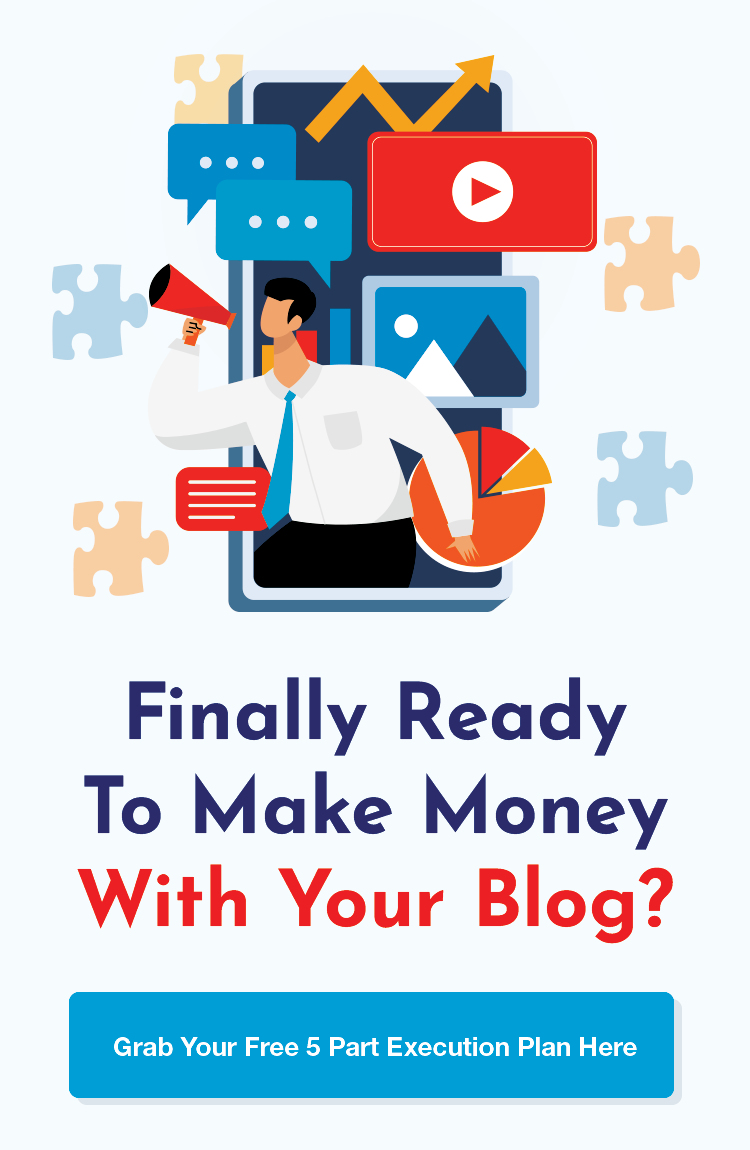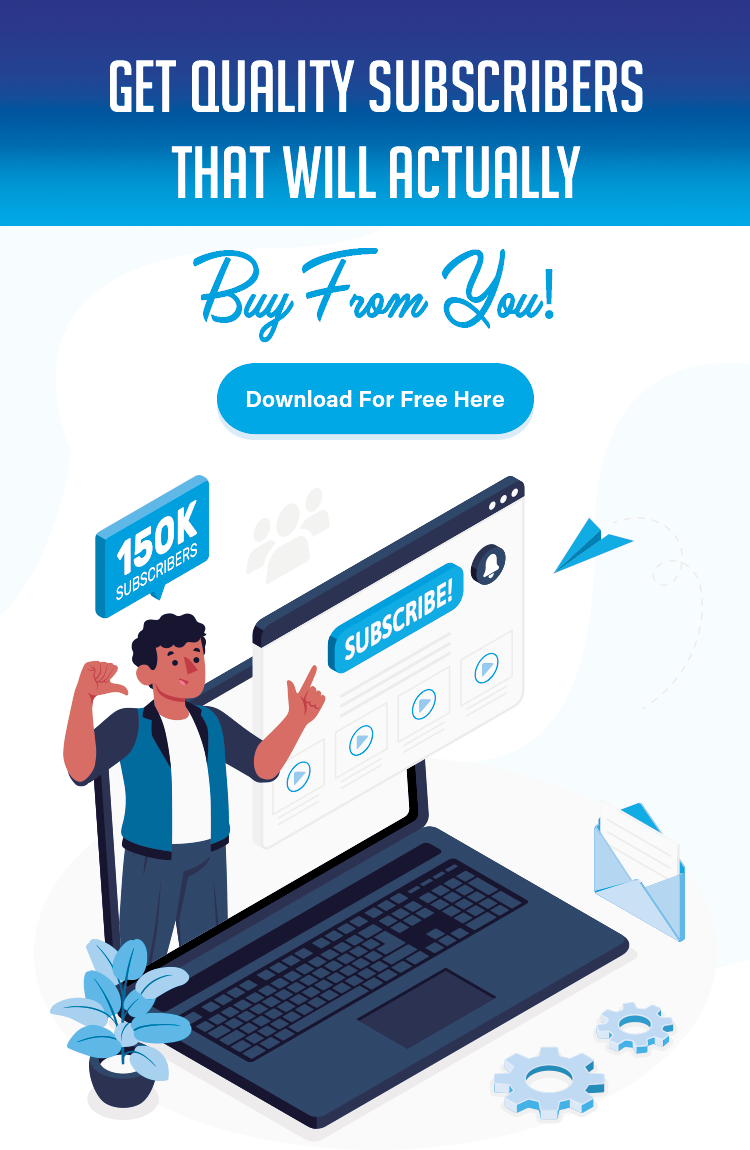A Beginner’s Guide to Pay-Per-Click (PPC) Advertising
Pay-Per-Click (PPC) advertising is a popular digital marketing strategy that allows businesses to drive targeted traffic to their websites through paid ads. Unlike traditional advertising, where you pay for ad space regardless of performance, PPC advertising only charges you when someone clicks on your ad. This model makes PPC a cost-effective way to reach potential customers and achieve measurable results. If you’re new to PPC advertising, this guide will walk you through the basics and provide actionable steps to get started.
What is Pay-Per-Click (PPC) Advertising?
PPC is an online advertising model where advertisers pay a fee each time their ad is clicked. It’s essentially a way of buying visits to your site, rather than earning those visits organically through search engine optimization (SEO). PPC ads can appear on search engines, social media platforms, and other websites, depending on your targeting and campaign settings.
Benefits of PPC Advertising
- Immediate Results: PPC can deliver instant traffic to your website as soon as your campaign goes live.
- Targeted Traffic: You can target specific demographics, locations, and interests to reach potential customers who are most likely to convert.
- Cost Control: You set your budget and bid amounts, ensuring you only spend what you can afford.
- Measurable ROI: PPC platforms provide detailed analytics to track performance, allowing you to measure return on investment (ROI) and optimize your campaigns.
How PPC Advertising Works
PPC advertising involves several key components:
- Keywords: Words or phrases that trigger your ads when users search for them. Choosing the right keywords is crucial for targeting your audience effectively.
- Ad Auction: When a user performs a search, an auction determines which ads appear and in what order. Factors include bid amount, ad quality, and relevance.
- Ad Copy: The text or visuals of your ad that appear in search results or on websites. Effective ad copy attracts clicks and drives conversions.
- Landing Pages: The web pages where users land after clicking your ad. These should be relevant to the ad content and optimized for conversions.
Step-by-Step Guide to Starting a PPC Campaign
Step 1: Define Your Goals
Before launching a PPC campaign, it’s essential to define what you want to achieve. Common goals include increasing website traffic, generating leads, boosting sales, or raising brand awareness.
Action Steps:
- Set Specific Objectives: Identify what success looks like for your campaign. For example, “Increase online sales by 20% in the next three months” or “Generate 100 qualified leads per month.”
- Determine Your Budget: Decide how much you’re willing to spend on your PPC campaign. This includes setting daily or monthly limits to control your expenditure.
Step 2: Choose Your PPC Platform
Several platforms offer PPC advertising opportunities. The most popular include Google Ads, Bing Ads, and social media platforms like Facebook, Instagram, and LinkedIn.
Action Steps:
- Evaluate Platforms: Consider where your target audience is most active. Google Ads is ideal for capturing search intent, while social media platforms are great for targeting specific demographics and interests.
- Create Accounts: Sign up for accounts on your chosen platforms and set up billing information.
Step 3: Conduct Keyword Research
Keyword research is crucial for targeting the right audience and maximizing your ad spend. You’ll need to identify relevant keywords that potential customers are searching for.
Action Steps:
- Use Keyword Tools: Tools like Google Keyword Planner, SEMrush, and Ahrefs can help you find keywords with high search volume and low competition.
- Analyze Competitors: Check which keywords your competitors are targeting and identify opportunities for differentiation.
- Choose Keywords: Select a mix of broad, phrase, and exact match keywords to capture various levels of search intent.
Step 4: Create Compelling Ads
Your ad copy should be engaging and relevant to your target audience. It should clearly communicate the benefits of your product or service and include a strong call-to-action (CTA).
Action Steps:
- Write Ad Copy: Craft headlines and descriptions that are concise, relevant, and persuasive. Highlight unique selling points and use action-oriented language.
- Design Visuals: If you’re running display ads, create eye-catching visuals that align with your brand and message.
- Test Variations: Create multiple versions of your ads to test different headlines, descriptions, and CTAs. This helps determine what resonates best with your audience.
Step 5: Set Up Your Landing Pages
Your landing pages are where users will land after clicking your ad. They should be relevant to the ad content and optimized for conversions.
Action Steps:
- Align Content: Ensure your landing page content matches the ad’s message and provides a clear path to conversion.
- Optimize for Conversions: Include compelling CTAs, easy-to-navigate forms, and trust signals (like customer reviews or security badges).
- Test and Improve: Use A/B testing to experiment with different landing page elements, such as headlines, images, and CTAs, to see which versions perform best.
Step 6: Launch and Monitor Your Campaign
Once everything is set up, launch your PPC campaign and begin monitoring its performance.
Action Steps:
- Monitor Metrics: Track key performance indicators (KPIs) such as click-through rate (CTR), conversion rate, cost-per-click (CPC), and return on ad spend (ROAS).
- Adjust Bids and Budget: Adjust your bids and budget based on performance data. Increase spending on high-performing keywords and pause or adjust underperforming ones.
- Optimize Campaigns: Regularly review and refine your ad copy, keywords, and landing pages based on performance insights to improve results.
Conclusion
Pay-Per-Click (PPC) advertising is a powerful tool for driving targeted traffic and achieving specific business goals. By defining your objectives, choosing the right platform, conducting thorough keyword research, creating compelling ads, and optimizing your landing pages, you can effectively leverage PPC to grow your business. Remember, successful PPC campaigns require continuous monitoring and optimization. Stay informed about best practices, test different strategies, and adapt to changing market conditions to maximize your ROI and drive long-term success.
Related Posts
Hi! I'm Larry.
I’ve been around online marketing for a long time — since the late 1990s — and I’ve seen the good, the bad, and a lot of the hype.
As someone who’s 82 years old and still doing online business, I understand the challenges that come with trying to get something profitable going later in life.
That’s why I want you to know exactly what I stand for.
These are the core beliefs that guide everything I teach, recommend, and create:
-
Tools don’t build businesses — people do. That’s why I'm here to provide step-by-step help with everything I recommend.
-
Every dollar matters. If I wouldn’t spend my own money on it, I won’t ask you to.
-
No magic bullets. You’ll succeed by learning and sticking with it — not by chasing shortcuts.
-
You’re not too old to win. If I can do it at 82, so can you.
-
Structure beats overwhelm. I break things down so you always know your next step.
-
Personal help matters. You’ll never be just a number with me.
-
This is about freedom. More than money, I want to help you enjoy the lifestyle you deserve.






